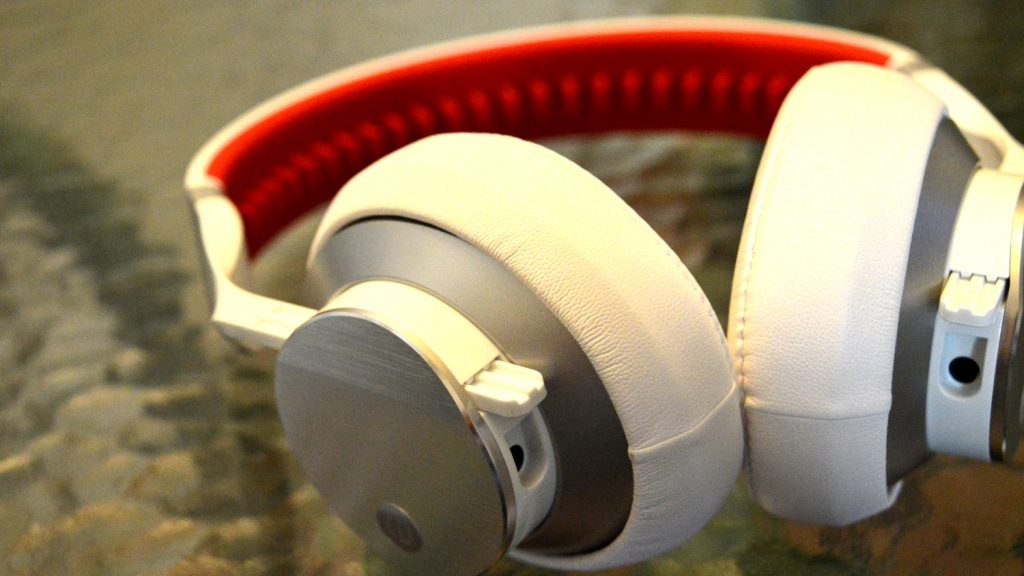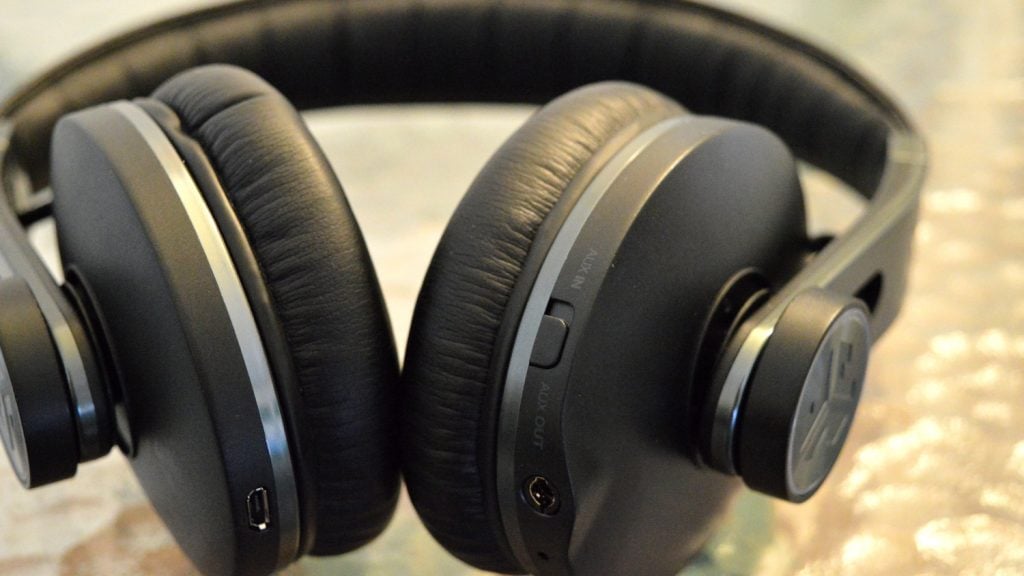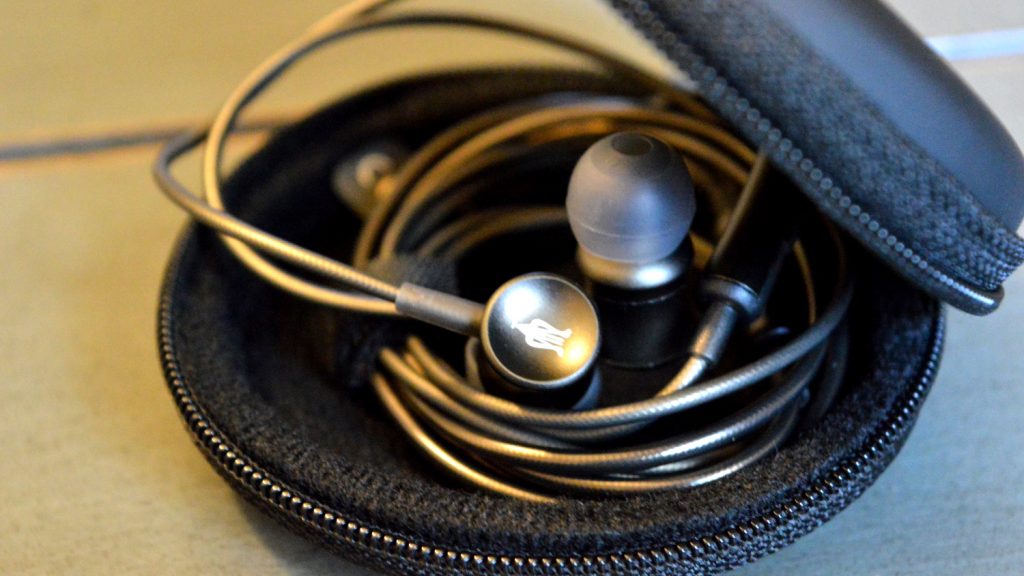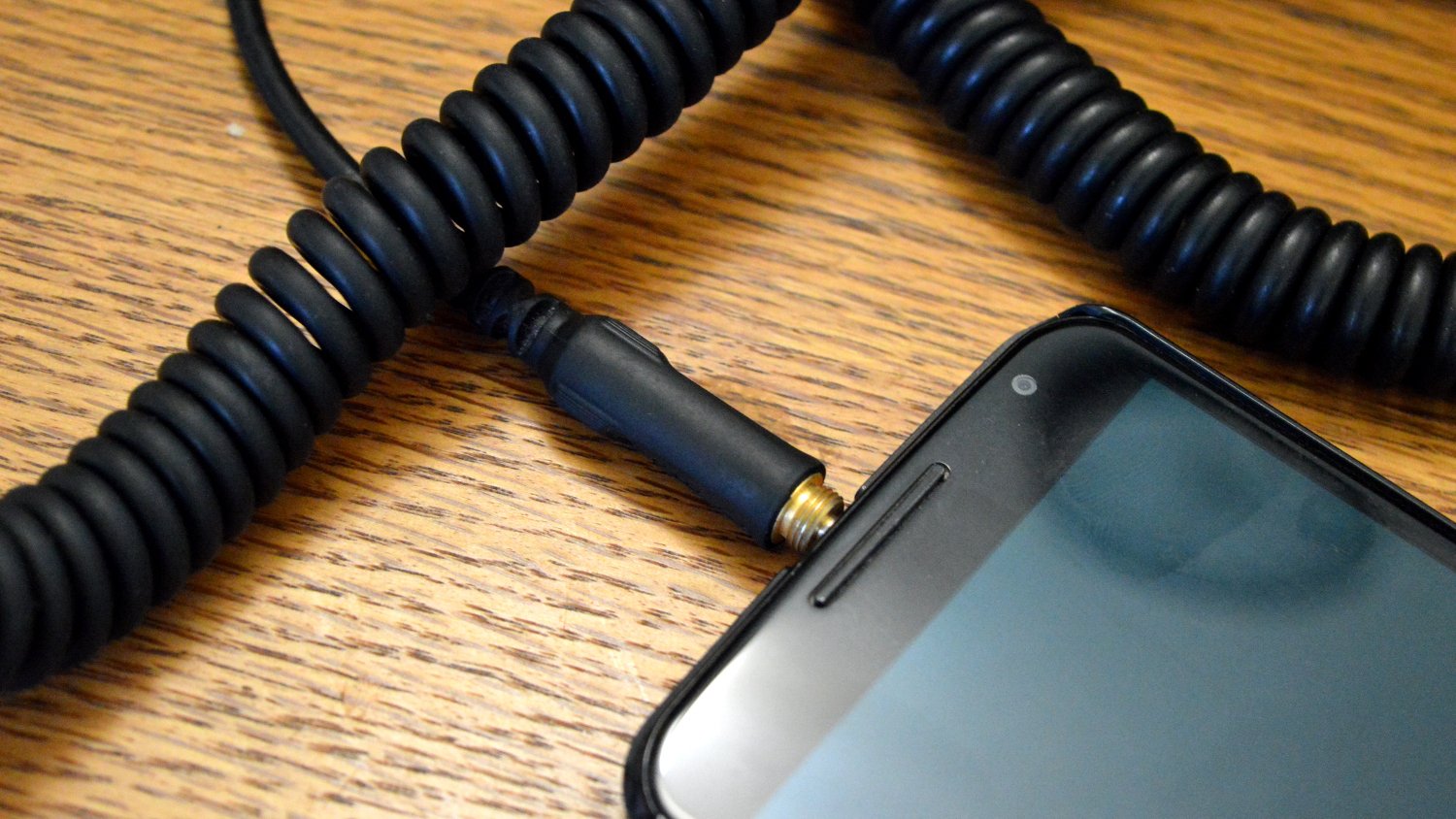Whether it be listening to music, audiobooks, or watching videos, we all use our headphones pretty regularly. But have you ever given any thought into how headphones actually work? Turns out, it’s not all that complex. Headphones are basically tiny speakers, and use an electromagnet to vibrate air, creating sound.
Of course, that’s not all there is to headphones. Different types of headphones use different technology — for example, noise cancelling headphones have some extra tech in there aimed at cutting down on ambient noise.
From earbuds to noise cancelling headphones, here’s how headphones work.
From the music player to the driver unit
In principle, headphones work the same as speakers, and the opposite of microphones — that’s to say, they essentially turn electrical energy into sound by using magnets to vibrate the air, which creates sound.
Digital audio is stored in a device in the form of data — 1’s and 0’s. When you hit play on that device, those 1’s and 0’s — which represent the sampling of an actual sound that was recorded with a microphone — are sent through a digital to analog converter, or DAC, which converts those 1’s and 0’s to electrical signals. That signal is sent through your headphones’ wires, and into the headphones themselves.
The driver unit
Once the electrical signal makes its way through the wires and into your headphones, it reaches what’s called a driver unit. There are three types of driver units: the dynamic driver, the planar magnetic driver, and the electrostatic driver. If you’re not sure what kind of driver your headphones use, assume they use the dynamic driver — almost all headphones do. Here’s a bit about each driver unit and how it works.

Dynamic driver unit
The dynamic driver unit uses three main parts to work: a permanent magnet, electromagnetic coils, and a diaphragm.
The essence to how headphones work largely lies in the fact that they use magnets. Two in each earcup, in fact. One of those magnets is permanent — that’s to say, it stays firmly in place and doesn’t move — while the other, which is an electromagnet, moves.
When the electrical signal hits your earcup, it’s sent to the electromagnet, which rapidly switches its polarity back and forth depending on the pattern it’s sent, or the sounds being reproduced. When the electromagnet switches its polarity, it’s rapidly repelled and attracted to the permanent magnet, which makes it vibrate. Those vibrating electromagnets are attached to what is called a ‘diaphragm,’ which is a thin membrane. When the electromagnet vibrates, the diaphragm does too, which causes the air around it to vibrate — which is what we call sound.
Different frequencies vibrate at different rates — so the electromagnet vibrates faster to produce high tones, or slower to produce slow tones. When you turn the volume up or down, the vibrations are more or less intense, which causes the air to vibrate more or less.
Planar magnetic driver unit
The planar magnetic driver unit works very similarly to the dynamic driver unit, however there are a few key differences. Instead of using magnets to move an electromagnetic coil, however, extremely thin magnetic conductors, which are like tiny wires, are spread out across the diaphragm itself.
Not only that, but instead of one single permanent magnet, an array of magnets are placed behind the diaphragm in order to help it properly react when the electrical current is passed through the conductors. When the electrical current passes through the conductors, the polarity is changed, and the diaphragm interacts with the permanent magnets, vibrating and creating sound.
Some people refer to this type of driver unit as the Orthodynamic driver — a term that was coined by the Yamaha marketing team.
Electrostatic driver unit
The third and final type of driver unit is the electrostatic driver unit, which is responsible for some of the most well-respected headphones ever built.
There’s one key different when it comes to electrostatic headphones compared to other types of headphones — instead of using magnets to move the diaphragm, the diaphragm itself is the part that moves. How? In electrostatic headphones, the diaphragm is made from a very thing sheet of an electrically charged material, and it sits between two conductive plates, one of which is positively charged, and the other negatively. When electrical charges are passed through those two plates, the electrically charged film moves back and forth, affecting the air around it and causing sound.
Some people suggest that electrostatic headphones sound better because of how they work — the electrically charged film is so thin, and is actually lighter than the air around it, that it doesn’t color the sound the same way dynamic or planar magnetic headphones do. Of course, electrostatic headphones don’t come cheap — more often than not they’re multiple thousands of dollars.
How do Bluetooth headphones work?
 There’s really not much different between standard wired headphones and wireless or Bluetooth headphones — the process is almost exactly the same. The only real difference is that instead of being sent to a DAC inside your phone or computer, the 1’s and 0’s are sent via a Bluetooth radio to a chip in your headphones, where they’re then sent to a DAC inside the headphones.
There’s really not much different between standard wired headphones and wireless or Bluetooth headphones — the process is almost exactly the same. The only real difference is that instead of being sent to a DAC inside your phone or computer, the 1’s and 0’s are sent via a Bluetooth radio to a chip in your headphones, where they’re then sent to a DAC inside the headphones.
After that, the process is exactly the same.
How do earbuds/in-ear headphones work?
 Beyond standard headphones and wireless headphones, all headphones work pretty much the same — earbuds and in-ear headphones use exactly the same technology, but on a much smaller scale. Because of this, they can’t reproduce all of the same frequencies, but the trade off is that they’re far more portable.
Beyond standard headphones and wireless headphones, all headphones work pretty much the same — earbuds and in-ear headphones use exactly the same technology, but on a much smaller scale. Because of this, they can’t reproduce all of the same frequencies, but the trade off is that they’re far more portable.
Conclusions
Headphones are getting increasingly technical, and thats only likely to continue — the principles of how sound works, however, will largely remain the same. If you have any questions about how headphones work, feel free to let us know in the comments section below.


